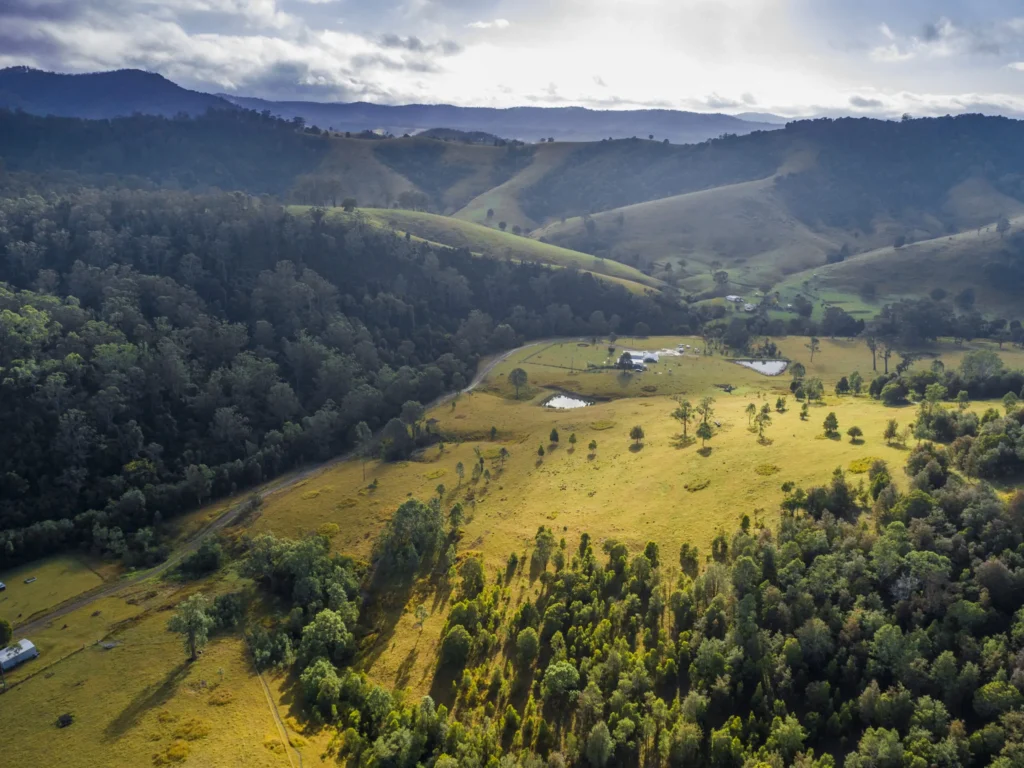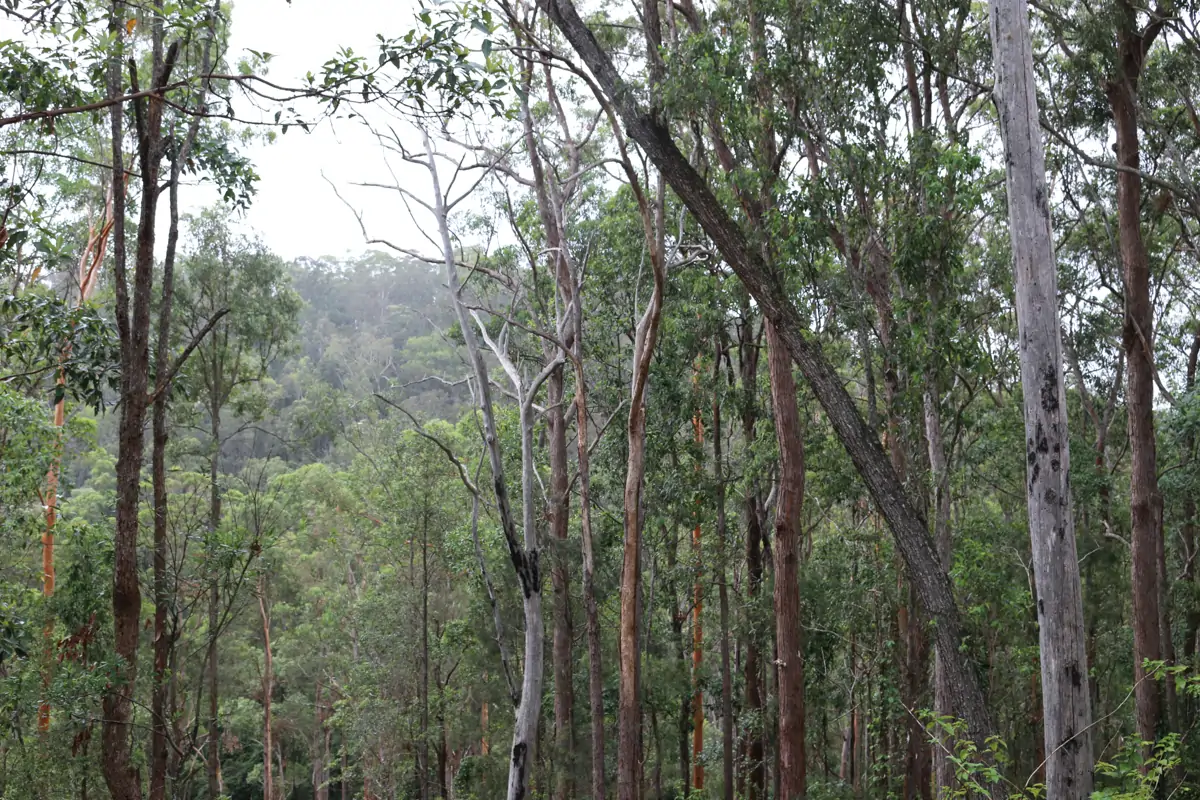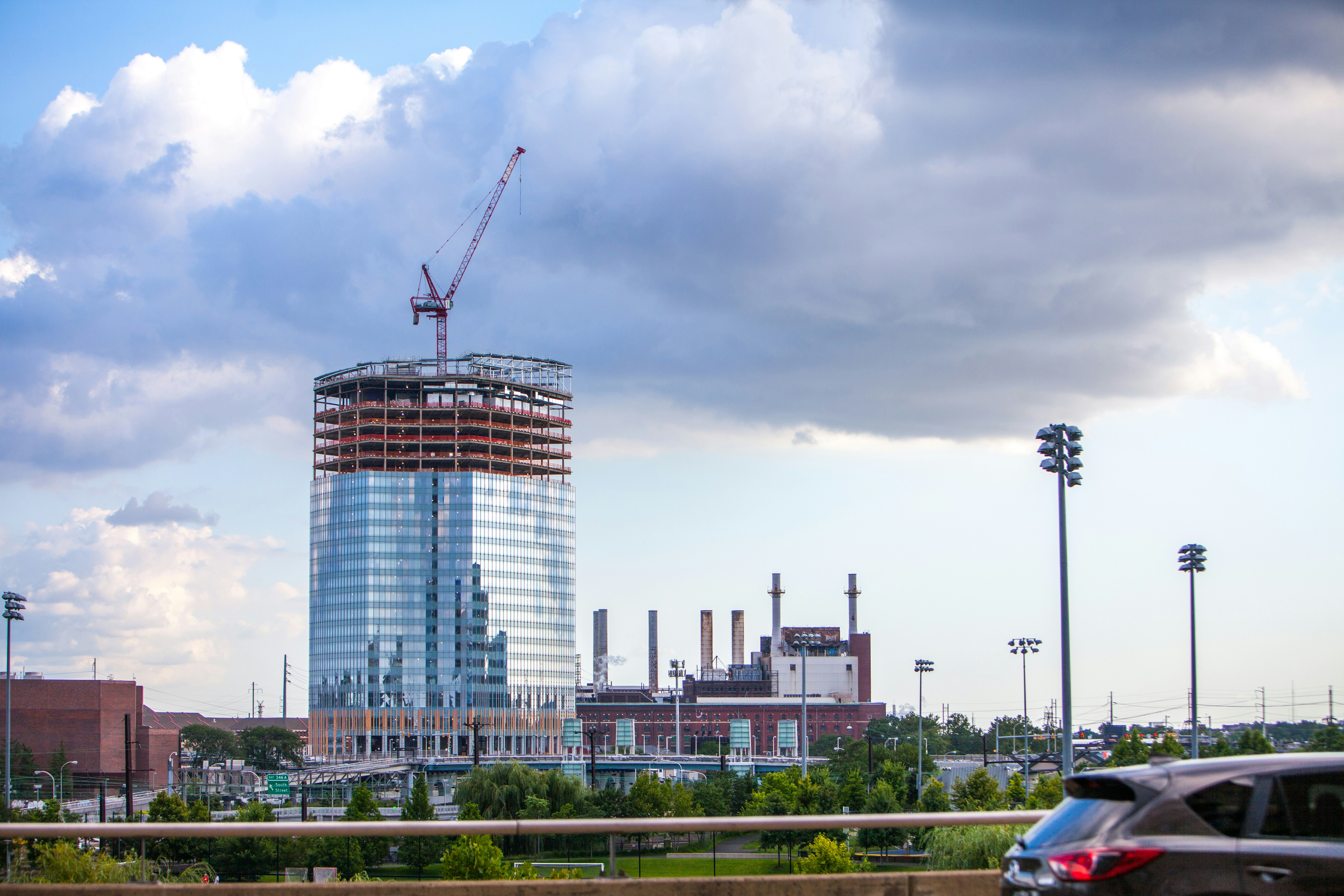40% percent of all native forest in NSW is privately owned, with the remaining 60% split between leasehold and publicly owned/managed forest. Therefore, private native forests are the largest cohort of ownership, with the biggest opportunity to contribute to Australia having prosperous and thriving forests now and into the future. Turning your trees into a healthy working forest is now more important than ever.
Recent findings have highlighted that NSW private native forests are in poor condition, having been subject to years of silvicultural neglect, with the poor state of the forests directly impeding efforts to promote sustainable timber supply and biodiversity conservation. (Timber NSW)
So what is it private landowners should be doing with their trees?
Private Native Forestry (PNF) involves the selective harvesting of timber on private land, as part of normal agricultural activities and with ongoing forest health and vigour integral to the objectives. PNF also gives landowners the option of generating income from their forests by meeting the growing demand for hardwood products in Australia. (Timber NSW)
Timber Stand Improvement is a key area of sustainable forest management, and one that every landowner with a private forest should be aware of and could be utilising.
What is Timber Stand Improvement (TSI)?
TSI is a combination of sustainable forest management practices (weeding, pruning, and thinning) designed to improve the forest quality, vigour and productivity. In a nutshell it’s a tactic that is applied to transform a collection of trees into a dynamic working forest. (Crawford Conservation).
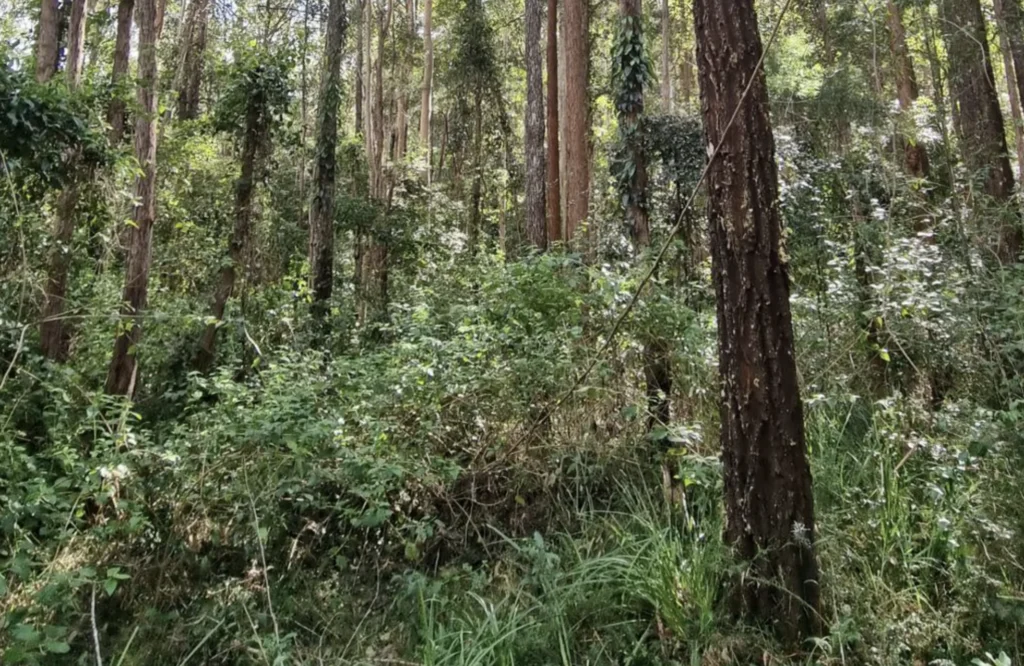
What does forest thinning actually mean?
The premise of forest thinning is to remove any trees that are limiting the full potential of the forest. It can include removal of trees that are:
- Defective and taking up space (e.g. unhealthy trees)
- Not able to fully develop into habitat trees (e.g. limited growth opportunities)
Once established, trees will at first support and then compete with each other. As trees grow, what was once welcome shelter from a neighbour, soon turns into fierce competition for natural resources, primarily light and moisture. An ability to positively manage these interactions between trees, is considered the most important aspect of silviculture; the practice and science of forest management (Local Land Services).
Competition between trees impacts both tree growth and wood quality. It is therefore important to conduct forest thinning, by removing trees that have reached/surpassed their full potential to enable younger trees to thrive (Farm Forest Line).
Why is forest thinning important?
Recent studies have found forest thinning to be a restoration tool, enabling the renewal and regeneration across a range of forest types/timber stands. (Bowman 2017 cited in NSW Department of Primary Industries)
1. Forest Health and Growth
By removing defective (suppressed, diseased, and low vigour) trees, the strong, healthy trees that remain are able to maximise their full potential.
Maintaining optimal timber stand density mitigates the risk of disease and insect damage, as healthy trees are less likely to suffer from insect infestation. (Forest 2 Market)
2. Environmental Benefits
Tree thinning will increase the penetration of light to the forest floor, boosting the growth of forest floor vegetation and with that comes an increase in wildlife (Private Forestry Service Queensland).
Recent studies have shown forest thinning to have had a positive effect on bird diversity, with no reduction in the number of bird species and an increase in the diversity and activity of bats. Thinning opens up the forest, reducing clutter and facilitating foraging by echo location – just what bats need.
Several of these same studies have also found a growth in reptile species and numbers in intermediately thinned forests, where breaks in the canopy provide sun basking opportunities.
3. Fire Prevention
Forest thinning can also help to reduce the risk of wild bushfire. (Forest 2 Market)
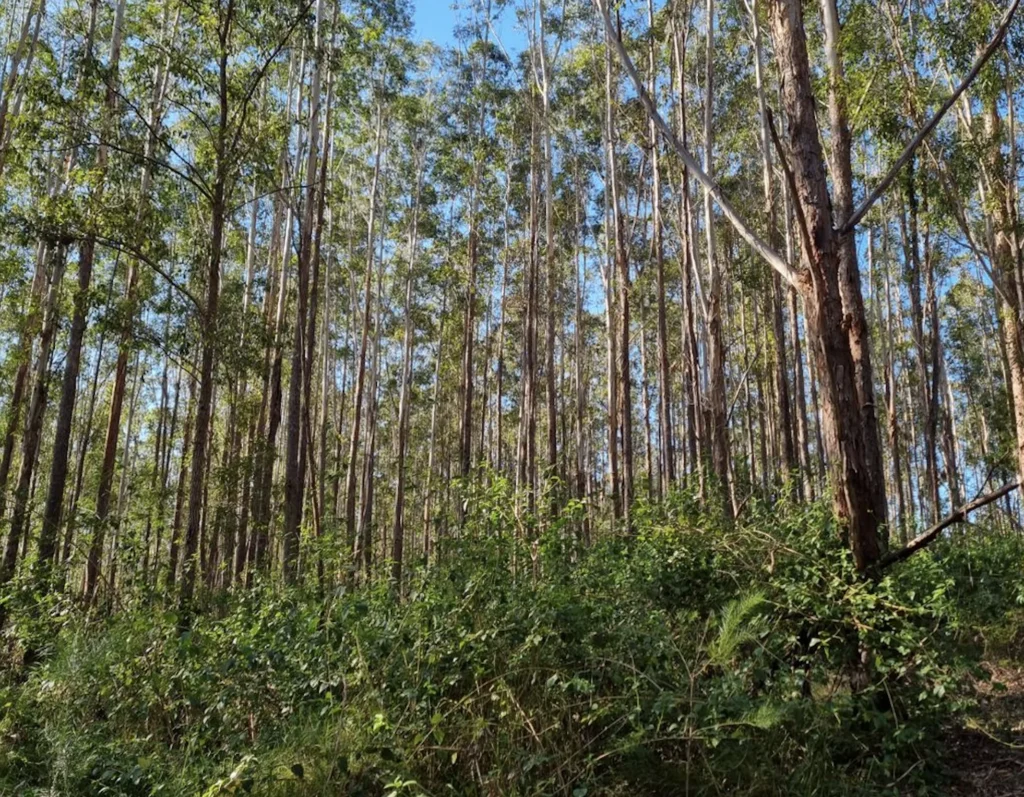
How do I get my trees evaluated for forest improvement?
The most important thing is to get advice from the right place. From an ethical operator, whose primary concern is protecting the natural habitat of local flora and fauna.
Timber stand improvement, if done correctly can be a one-off service, setting up your land for the future.
Join the community of sustainably managed forests and arrange a free assessment and valuation of your forest. Be the next landowner we help.
As leaders in sustainable management of private native forest along the East Coast, Sustainable Forest Management help over 50 private landowners each year to successfully manage their forests for the best long-term outcome.
Want to find out more about us? Get in contact today or read more about Sustainable Forest Management here.
